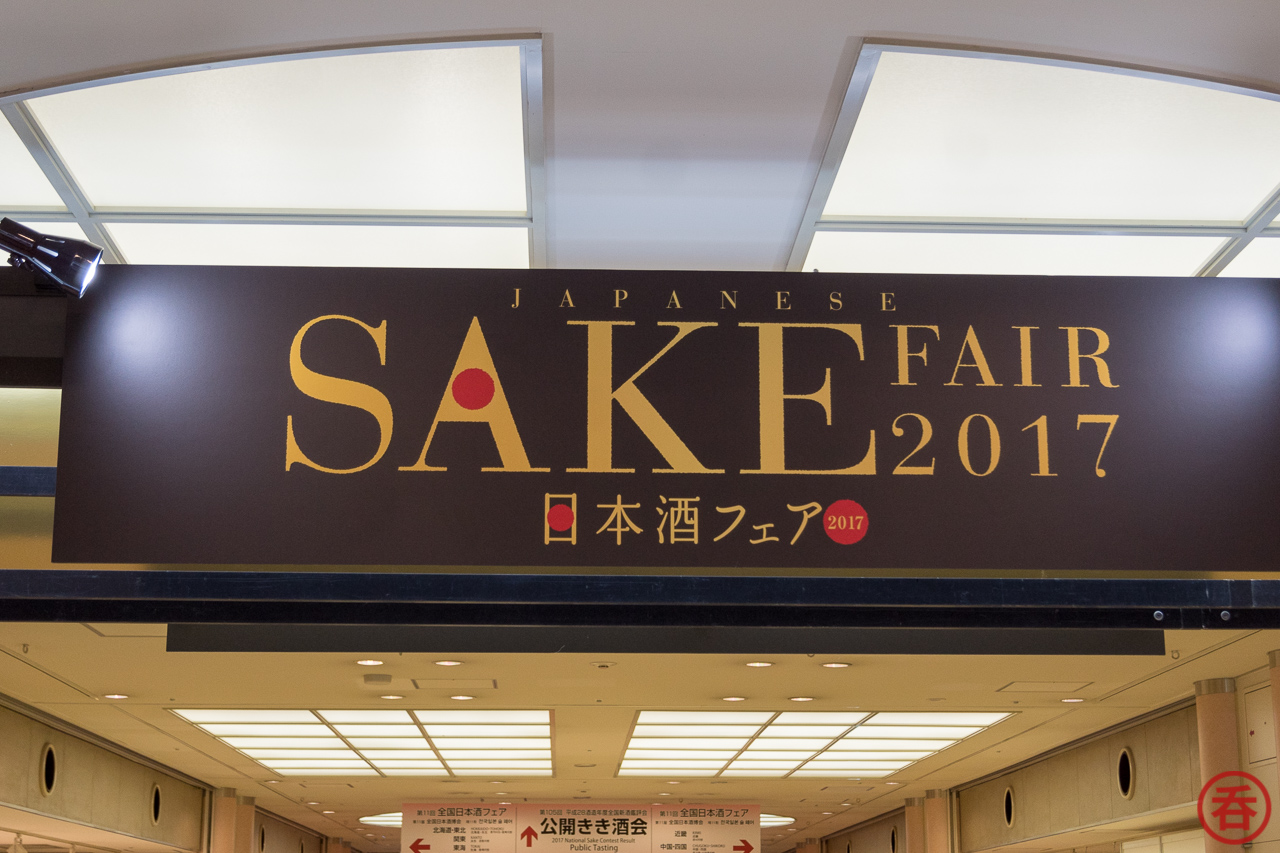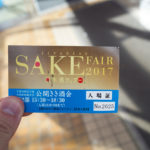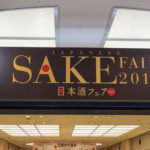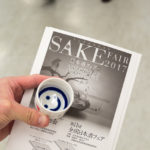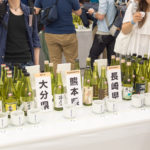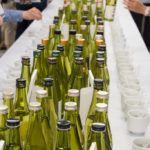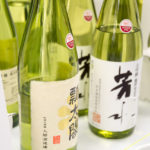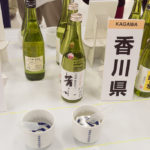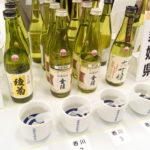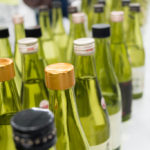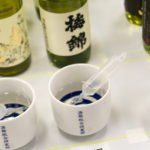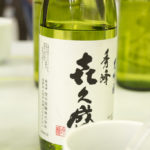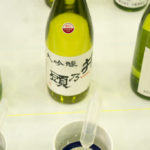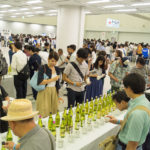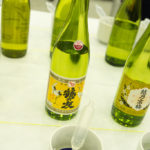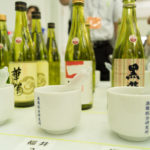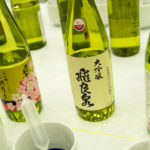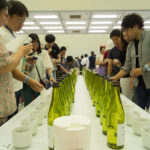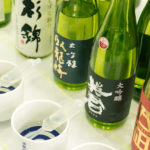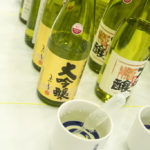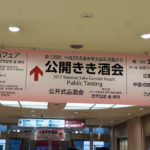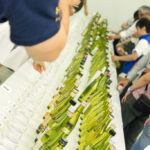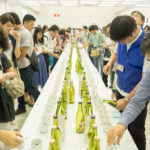At some point I’ll do a series of posts about Japan’s national alcoholic beverage: sake. As part of the “information gathering” for such a series, I attended the Japanese Sake Fair 2017, which featured 436 different sakes to sample — all of the winners of the Annual Sake Awards 2017.
The event was held on June 17th over in Ikebukuro Sunshine City. The 3500 yen ticket gets you access to two separate events: the annual Sake Fair, as well as the public tasting of all winners of the Annual Sake Awards. This event report covers the latter.
The Annual Sake Awards are held by Japan’s National Research Institute of Brewing, which as you may have guessed from the name, is a government-run organization that works to develop Japan’s alcoholic beverage industry. It rolls up to the Ministry of Finance, and is tasked with researching sake and other alcoholic beverages so that the MoF can tax them appropriately, and to help develop technology involved. This year marks the 105th Annual Sake Awards, so they’ve been at this for quite a long time. The 105th awards cover all sake brewed between July 2016 and June 2017.
In partnership with the industry’s self-regulating entity, the Japan Sake and Shochu Makers Association, this public tasting of all of the winners is held every year. As mentioned there were 436 winners this year, so there’s certainly plenty of variety.
The event is laid out geographically:
- Shikoku/Kyushu (Tokushima, Kagawa, Ehime, Kouchi, Fukuoka, Saga, Nagasaki, Kumamoto, Oita, Miyazaki Prefectures)
- Kanto (Ibaraki, Tochigi, Gunma, Saitama, Chiba, Tokyo, Kanagawa Prefectures)
- Koushinetsu/Hokuriku (Yamanashi, Nagano, Niigata, Toyama, Ishikawa, Fukui Prefectures)
- Tokai/Kinki I (Gifu, Shizuoka, Aichi, Mie, Shiga, Kyoto, Nara, Wakayama Prefectures)
- Kinki II/Chugoku (Osaka, Hyogo, Tottori, Shimane, Okayama, Hiroshima, Yamaguchi Prefectures)
- Hokkaido/Tohoku I (Hokkaido, Aomori, Akita Prefectures)
- Tohoku II (Iwate, Yamagata Prefectures)
- Tohoku III (Miyazaki, Fukushima Prefectures)
Sake brewing has traditionally taken place in the north of Japan, with the obvious exception being Hokkaido since it was largely controlled by the Ainu until the 19th century. That’s pretty easy to see at this event, with the majority of breweries hailing from somewhere north or east of Tokyo.
The Japan Sake and Shochu Makers Association is trying to push the “Japanese Sake” brand, with every sake this year featuring the JSS mark, which indicates it’s a sake produced entirely within Japan, made only from rice grown in Japan. This mark seems fairly new and isn’t something I’ve noticed on sake bottles sold in regular places like grocery or liquor stores. So if you’re purchasing sake outside of Japan it may be something to keep an eye out for going forward.
Rather than an entire serving, you get a dropper that gives around 5ml at a time. Which is plenty, because there’s really not enough time to get through everything anyway. You can choose from two slots, and my slot was the 3:30PM-6:30PM one.
Enjoy the pictures and hope to see you there next year!
Hi there! I created and run nomunication.jp. I’ve lived in Tokyo since 2008, and I am a certified Shochu Kikisake-shi/Shochu Sommelier (焼酎唎酒師), Cocktail Professor (カクテル検定1級), and I hold Whisky Kentei Levels 3 and JW (ウイスキー検定3級・JW級). I also sit on the Executive Committees for the Tokyo Whisky & Spirits Competition and Japanese Whisky Day. Click here for more details about me and this site. Kampai!

